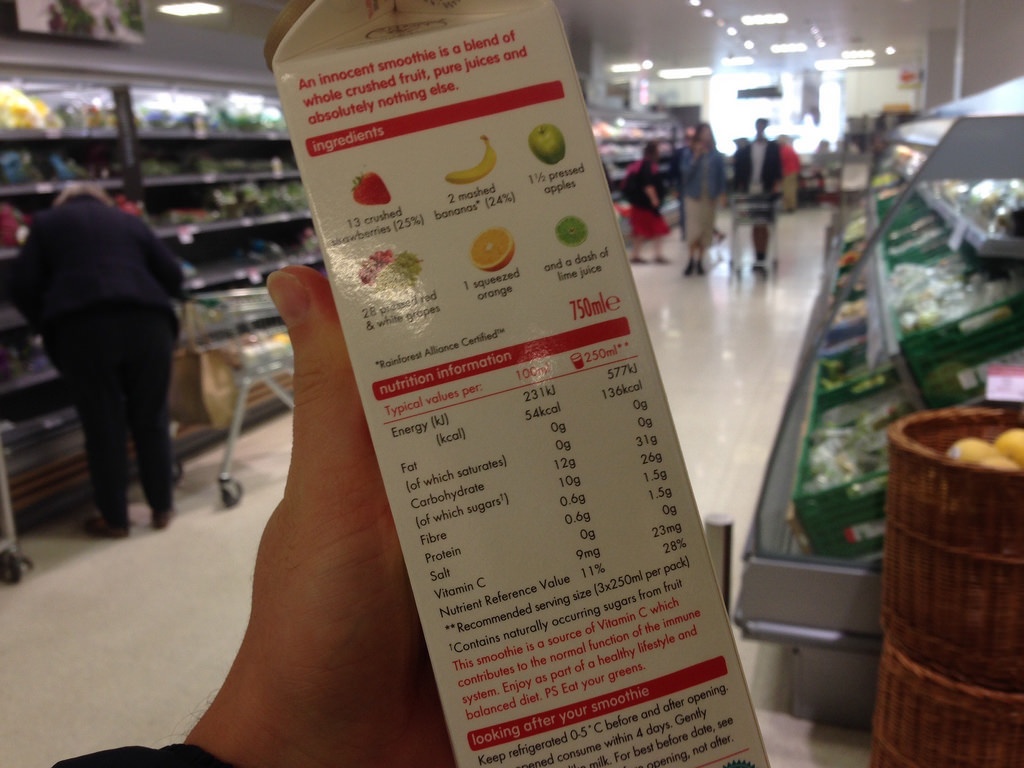April 1, 2010
The health care reform law has its benefits and its drawbacks, but requiring restaurant chains to post nutrition information is a stroke of genius.
Starting next year, any restaurant with more than 20 stores must post calorie counts right next to the item on the menu and have full nutrition information, including fat, sodium and sugar content available on the premises of the restaurant, not just on a distant website.
Calorie counts will also be posted on menus at drive-thrus.
Better choices
What does this mean to you? Maybe it will give you pause when you decide to order a double Whopper with cheese at a whopping 1010 calories, and instead go for the 360-calorie cheeseburger. Or skip the 2210-calorie bloomin’ onion appetizer at Outback (134 grams of fat!) or even the Wendy’s deceptive chicken BLT salad at 780 calories, Ruby Tuesday’s healthy sounding Bella turkey burger at 1145 calories and the On The Border grande taco salad with beef at 1450 caories.
I personally think a great deal of the obesity problem in America is a skewed idea of how much we are eating and how many calories and fat we are consuming. Armed with easily available information, I have the faith we’ll all start to make better choices.
Restaurants making better choices, too
I think it’s also possible that restaurant chains, being legally required to bare their secrets that have enticed us for so long, may actually start to rein themselves in make their products healthier and less calorically out of the ball park and perhaps even (imagine this!) reduce portion sizes.
Similar laws have been in effect in New York City for some time and several states were considering their own laws before the federal legislation trumped them.
There are limits to the law: It only applies to chain restaurants with more than 20 stores. At latest count, that means about 200,000 restaurants. It does not apply to the 375,000 restaurants and small chains, nor does it apply to schools, hospitals and corporate cafeterias.
But it’s a start. A good start.







